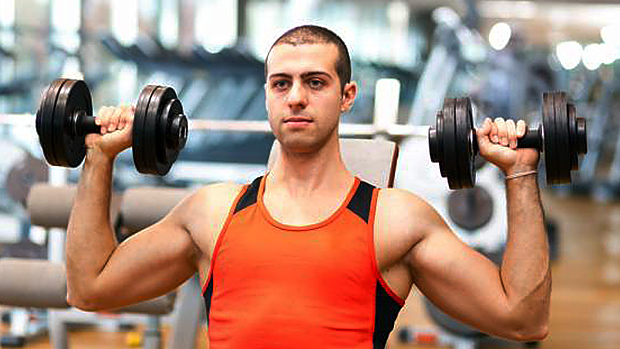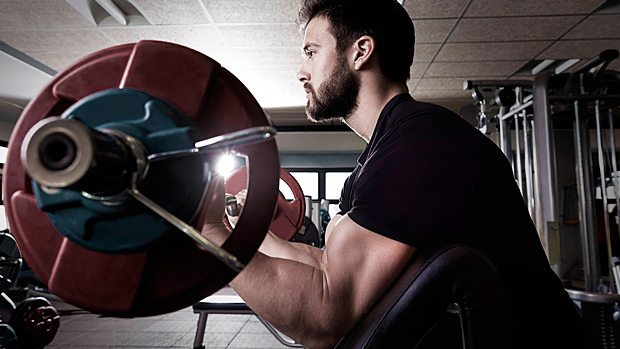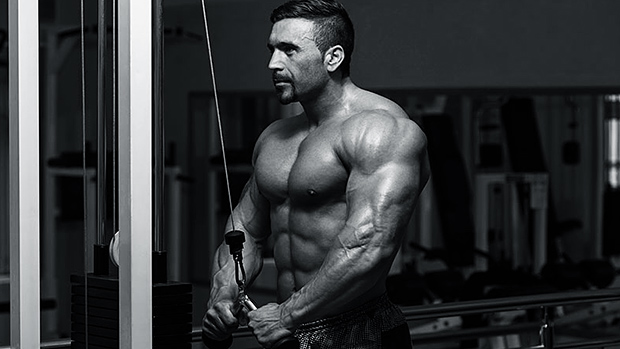What You Need to Know About Delts
The back of your shoulders is a neurological hot spot for quick and effective pain alleviation, especially if you've got nagging generalized shoulder pain and tightness in the triceps and upper back.
The true shoulder joint, the glenohumeral joint, is the most biomechanically mobile ball-and-socket joint in the body, and is rarely in need of more isolated mobility, stretching, or soft tissue work. The shoulder is usually just in dire need of more stability to reduce pain and improve performance. You can achieve that through simulation of the neuro-vasculature located in the backside of the shoulder and upper back.
The posterior shoulder girdle is comprised of many smaller intrinsic muscles that work in coordination with one another to yield optimal movement and function. In this small area, we have interactions happening between the posterior delt, the teres group, the triceps, posterior aspects of the rotator cuff, and other scapular stabilizing muscles. This is one of the major reasons the parts of the shoulder are referred to as the shoulder "complex."
Since there are so many adjacent muscles that interact together to create smooth and sequential movement at the shoulder girdle, these muscles have common neurological innervation points. In this region, the two major neuromuscular junction points that you're after are centered on the inferior aspect of the suprascapular nerve and the axillary nerve.
With the goal of acute neurological trigger point release, you'll be using a relatively firm ball that meets the size of the tissues and nerves you're targeting. Depending on the relative size of your back and shoulder, use either a lacrosse ball or softball.
The sweet spot is under the posterior delt and above the teres group, where the ball can come in contact with as many muscle bellies as possible, but also with the suprascapular and axillary nerves as well. This is the major landmark you'll want to hit.
You can do this standing, but lying down is better because it takes gravity and motor control out of the equation. The simpler you can make the positions that'll help you tap into a parasympathetic response, the better.
Lie on your back with your feet on the ground and with knees and hips bent. Your ball will be in direct contact around these nerves in the back of the shoulder. From this position, apply a 6/10 relative pressure into the ball while slowly moving the arm into controlled elevation.
Don't try to really crank out end ranges of motion here, but move the arm just enough to create some relative gliding actions between the muscles and nerves under the ball's contact point. Concentrate 30-60 seconds here.
See if this technique helped by testing and retesting your authentic shoulder flexion (raise your arms perpendicular to your body). And of course, ask yourself if it altered your pain.




